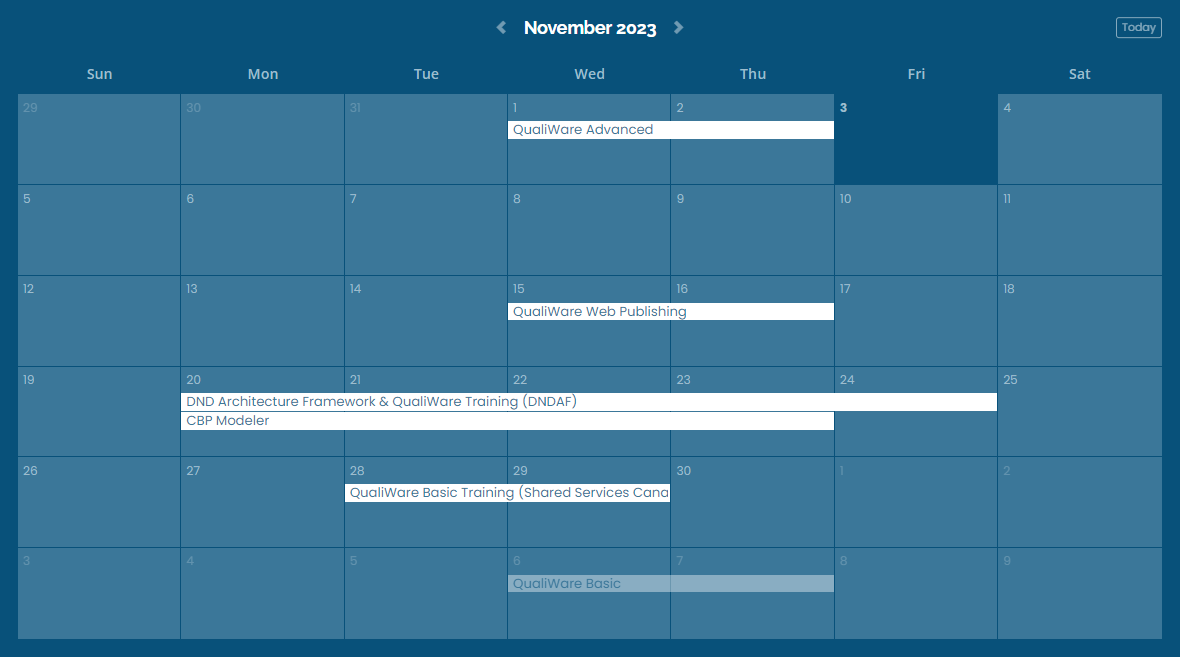Software
Services
Training & Support
Establishing a Robust Risk Management Framework
September 05, 2023 2 min read

Setting up a risk management framework that works for your organization could be both a rewarding and challenging exercise. We’d like to share our thoughts on this topic and highlight items to focus on when developing a Risk Management framework.
Leadership's Role in Cultivating a Culture of Risk Management
Imagine a ship without its captain. It's the leadership that sets the course, steering the ship through turbulent waters. For risk management to be truly effective, it needs the captain – the leadership – to not just endorse, but to be actively involved, in charting the course. When leaders align business practices with risk initiatives and ensure resources are aptly allocated, they lay the foundation for a culture where risk management becomes second nature.
The Backbone: Risk Management Governance
Every structure needs a backbone, and in the realm of risk management, governance plays this role. With board members at the helm, responsible for material risks, it's imperative that these risks are transparently disclosed to stakeholders. And what better way to validate this than regular audits? It's like a health check-up for your organization's risk posture.
Our tool, QualiWare, supports multiple risk management activities helping your organization with risk and controls. Learn more about it here: QualiWare X Business Architecture Consulting Software - CloseReach
Performance, Goals, and the Big Picture
Let's think of this as a jigsaw puzzle. Each piece, or corporate objective, needs to fit perfectly to reveal the big picture. By breaking these down into actionable contributions and ensuring transparency, the alignment between risk management and business objectives becomes clear.
Deciphering the Language of Risk
Every organization speaks its own language of risk, defined by its unique culture. It's crucial to understand this language and set boundaries or risk tolerances. This way, every risk taken is a calculated one, aligning with the organization's comfort zone.
The Watchtower: Centralized Monitoring and Control
Imagine having a watchtower, giving you a bird's eye view of the entire landscape. Continuous monitoring acts as this watchtower, adjusting to evolving scenarios, sharing controls, and spotting emerging trends.
The Art of Communication
In the world of risk management, communication is an art. It's about painting a clear picture for the stakeholders, showcasing the positive impacts of the risk management program, and highlighting potential pitfalls and trends.
Building the Right Infrastructure
Think of this as setting up the stage for a grand performance. With clear roles, responsibilities, training programs, and the right set of tools, the stage is set for risk management strategies to play out seamlessly.
Risk Management: A Continuous Journey
Risk management isn't a destination; it's a journey. And like all journeys, it requires a map – a structured framework that drives action and spreads the word about risks across all departments.
Adapting to the Tides of Change
Risks, like tides, ebb and flow. An effective risk management framework will be adaptable, able to change as needed and ready to face new challenges and harness opportunities.
Leave a comment
Comments will be approved before showing up.
EA Trends: Optimizing for Value and Reducing Complexity
On January 15th, connect with SVP North America Brenda Cowie and CEO Kuno Brodersen in QualiWare's upcoming live webinar.
They will share key EA trends and market realities shaping 2026, and what they mean in practice for enterprise architects and IT leaders.

